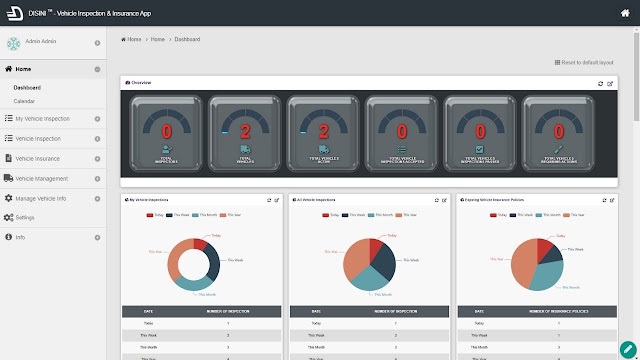3 Reasons to Further Modernize ERP Systems with Process Digitization
In manufacturing, distribution and trading industries, an ERP (Enterprise Resource Planning) system is undoubtedly a core and impactful system to have in place. ERP systems have been modernizing these industries for decades before the terms "digital transformation" and "digitization" were made popular.
Today, as the workforce is generally getting more IT-literate and mobile-ready across most job functions, ERP systems alone are no longer the magic wand to modernize IT in manufacturing, distribution and trading businesses. More gaps are surfacing itself from ERP digitization needs.
1. Control the process/SOP that occurs before data goes into ERP software
In many companies (even the global MNCs), the process that governs how data is approved before it goes into ERP is not automated. Take a simple example - Customer Master Data Change Request. Let's say a sales manager files a request to adjust credit term for a customer account. Yes, surely, the credit term setting is supported in ERP as part of customer master data. But when there is a change request, often, ERP is not the place where change request approval process is automated. So, the sales manager in this case, would fill up an Excel spreadsheet or Word document, then send it out as an email to the relevant approvers based on a stipulated SOP (standard operating procedure). Once approved, let's say by the Regional Sales Head, the spreadsheet/document then goes to Finance Department as email attachment. Emails are not exactly known as the most reliable method for approval task tracking.
For an MNC with worldwide business presence, this kind of change request happens every single day. Yet, hardly automated. And there are many other similar examples, such as vendor master data change request, periodic market supply replenishment setting, SKU lifecycle status update, Planned Delivery Time (PDT) adjustment, and more.
When SOP is not digitally automated, the non value-added knowledge becomes a knowledge that has to be told from person-in-charge to another person and require training.
2. Eliminate redundant back-office data entry tasks, which are often non value-added
The use case described in #1 then leads to another problem. When the change request is approved, the request form goes to the Finance Department for data entry into ERP software. Here, it presents 2 main challenges:
- Manual data entry, once again, into ERP even though the data is already filed by the requester in the first place. Some companies may use Excel/CSV upload as the approach to feed master data update into ERP. Still, a human has to compile this Excel/CSV according to the required format.
- Staff training. Transitions and new joiners will require training, again and again, just so to make sure the person knows how to operate the system for non value-added data entry.
In some organizations, specialized teams are even retained to perform ERP system data update.
If processes are digitally automated, direct and straight-through integration into ERP software would eliminate redundant data entry tasks, enhancing efficiency and eliminating errors.
3. Modernizing IT
It is common to find most businesses protecting the ERP software behind relatively stringent infrastructure security policy. Access to ERP system from out-of-office locations will require a VPN.
Today, many managers/approvers/C-level executives are quite mobile in their work locations. Some are living out of a suitcase, frequently changing between timezones. These managers would expect and prefer to perform approval from mobile. Establishing a VPN tunnel each time before connecting to the ERP system from a smartphone/tablet is simply quite counter-productive - it's not a generally desired experience.
In this case, a modern workflow platform such as Joget Workflow can be the layer above ERP software. It's exposed to the internet, while ERP sits within a protected intranet application zone. Joget handles approvals from online forms, or even lazy email approval. Data only goes into the ERP when its relevant request is approved through a digitally-enabled process. Modernizing existing IT without changing how the ERP core works.
This article is originally posted in https://blog.innov8tif.com/2018/04/3-reason-to-further-modernize-erp.html by Innov8tif, a Joget Accredited Partner.

.png)
Comments
Post a Comment